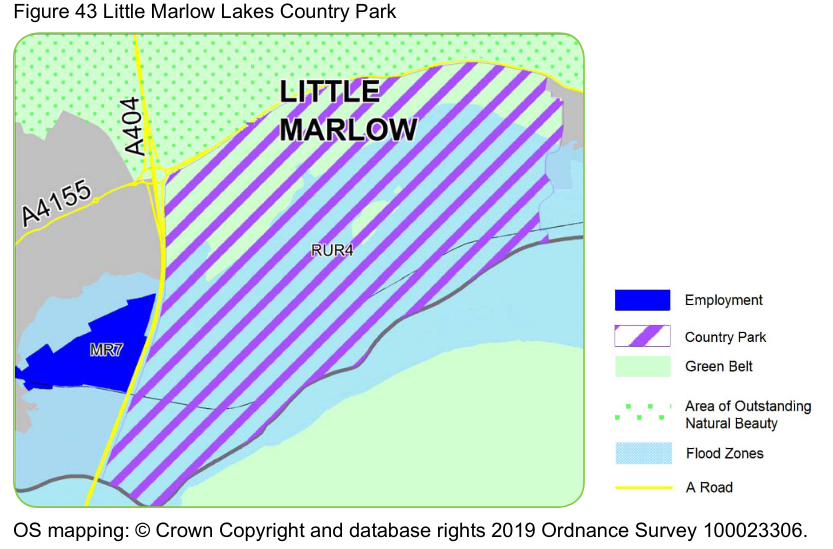You might have heard the terms “Greenbelt” and “Local Plan” being used in relation to the development threats. We want to make sure you know what they mean and why they exist.
Greenbelt
When people hear “Greenbelt”, they think of lush green fields, full of biodiversity. That may be the case, but the National Planning Policy Framework sets out the 5 specific purposes in a very pragmatic way. They are:
(a) to check the unrestricted sprawl of large built-up areas;
(b) to prevent neighbouring towns merging into one another;
(c) to assist in safeguarding the countryside from encroachment;
(d) to preserve the setting and special character of historic towns; and
(e) to assist in urban regeneration, by encouraging the recycling of derelict and other urban land.
None of these require high quality or biodiverse land. Marlow’s Greenbelt ensures that Marlow retains its character as a historic town with easy access to the countryside.
Local Plan
The Local Plan identifies specific sites for development & protection. As recently as 2019, (then) Wycombe District Council adopted the current Local Plan, covering the period 2019-2033. It explicitly states in section 5.5.20 (on page 222): “The whole of the area of the Little Marlow Lakes Country Park lies within the Green Belt”. It also shows the majority of the area is in the Thames flood plain and right next to the Chilterns AONB.

Policy RUR4 (on page 223) makes clear that the Country Park is allocated for outdoor recreation, publicly accessible open space and that “planning permission will not be granted for development within the Country Park that that has an adverse effect upon the amenities”.
Now you too know the multiple reasons why there should be no development of the sort proposed allowed in Marlow’s Greenbelt. Remind the councillors, the developers and tell your friends, family and neighbours.
